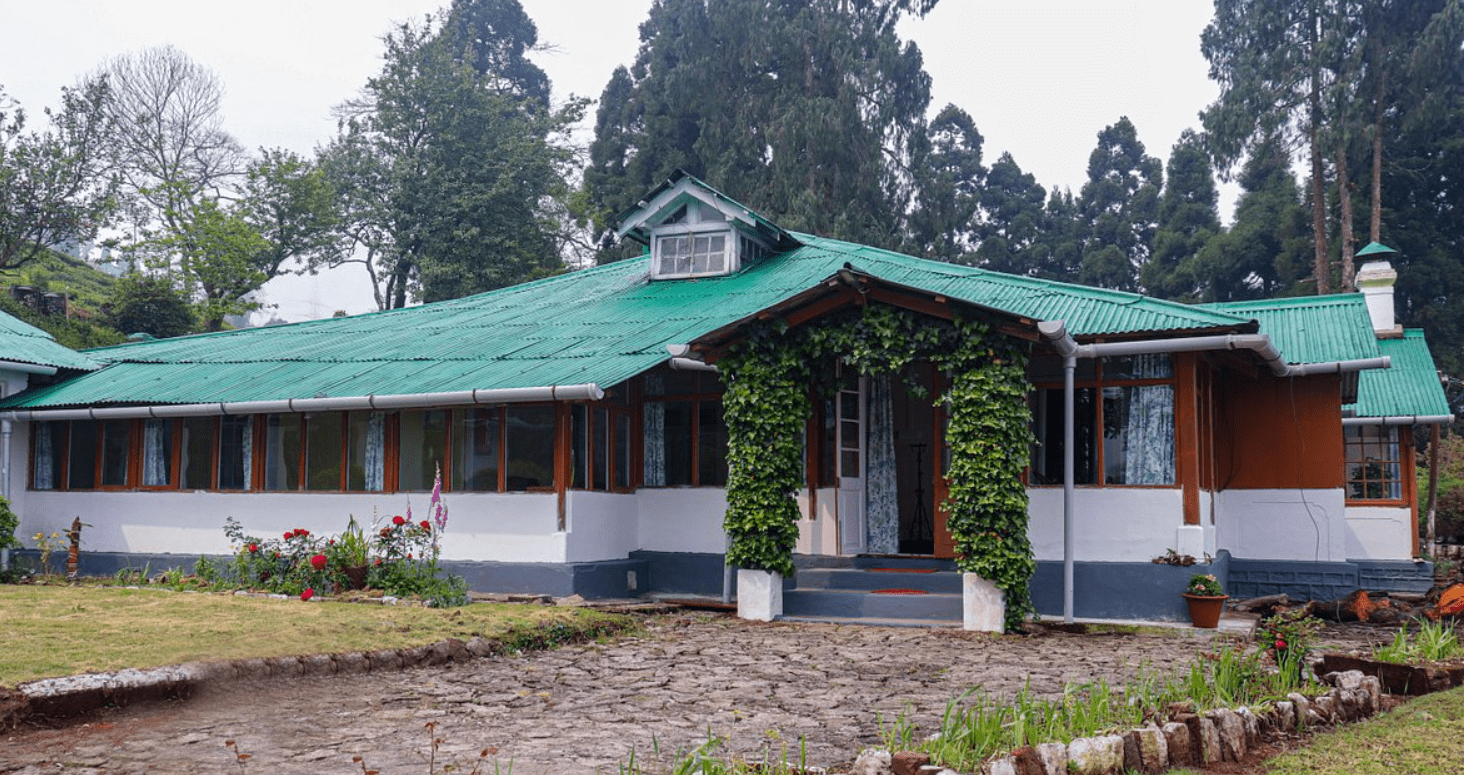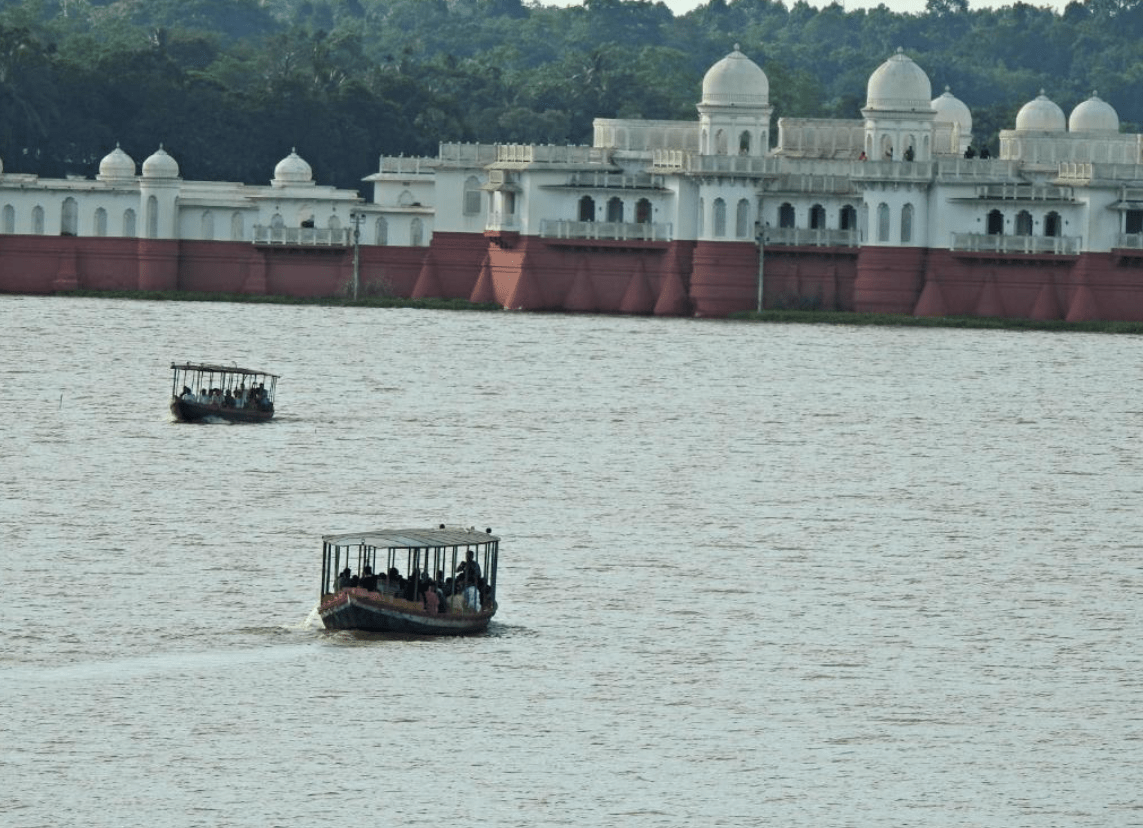Festivals and celebrations are an integral part of any culture, and they offer a unique insight into the traditions and values of a community. In many cultures, festivals are a time for people to come together, celebrate their heritage, and honor their ancestors. These events often feature vibrant parades, traditional music and dance performances, and delicious food. One of the most famous festivals in the world is the Rio Carnival in Brazil, which is a colorful and lively celebration that attracts millions of visitors each year. Another notable festival is Diwali, the Hindu festival of lights, which is celebrated with fireworks, feasting, and the lighting of oil lamps to symbolize the victory of light over darkness. These festivals provide an opportunity for travelers to immerse themselves in the local culture and witness the joy and camaraderie of the community.
In addition to traditional festivals, many cultures also celebrate national holidays that hold great significance for the country. For example, Independence Day in the United States is a time for patriotic displays, fireworks, and family gatherings. In Mexico, Dia de los Muertos (Day of the Dead) is a time to honor deceased loved ones with colorful altars, parades, and offerings of food and flowers. These celebrations offer a window into the history and values of a nation, and they provide an opportunity for travelers to connect with the local people and gain a deeper understanding of their way of life. Whether it’s a traditional festival or a national holiday, these events are a testament to the rich tapestry of human culture and are not to be missed when visiting a new destination.
Key Takeaways
- Festivals and Celebrations:
- Experience vibrant and colorful festivals throughout the year, such as Diwali, Holi, and Navratri.
- Immerse yourself in the rich cultural traditions and rituals of Indian festivals.
- Enjoy lively music, dance, and delicious food during these festive celebrations.
- Traditional Performing Arts:
- Witness captivating performances of classical Indian dance forms like Bharatanatyam, Kathak, and Odissi.
- Enjoy traditional music concerts featuring instruments like the sitar, tabla, and flute.
- Experience the storytelling art of Indian folk dances and theater.
- Culinary Delights:
- Indulge in a diverse range of flavors and spices in Indian cuisine, from savory curries to sweet desserts.
- Learn to cook authentic Indian dishes through cooking classes and culinary tours.
- Explore street food markets and savor local delicacies like chaat, samosas, and dosas.
- Spiritual and Wellness Retreats:
- Rejuvenate your mind, body, and soul with yoga and meditation retreats in serene natural settings.
- Seek spiritual enlightenment through visits to ancient temples, ashrams, and meditation centers.
- Experience traditional Ayurvedic treatments and holistic wellness practices.
- Handicrafts and Artisanal Workshops:
- Discover the intricate artistry of Indian handicrafts, including textiles, pottery, jewelry, and woodwork.
- Participate in hands-on workshops to learn traditional crafts like block printing, embroidery, and pottery.
- Support local artisans and take home unique handmade souvenirs as mementos of your trip.
- Cultural Heritage Sites:
- Explore UNESCO World Heritage sites like the Taj Mahal, Qutub Minar, and Hampi’s ruins.
- Visit ancient forts, palaces, and temples that showcase India’s rich architectural and historical legacy.
- Learn about the diverse cultural influences that have shaped India’s heritage over the centuries.
- Homestay and Village Immersion:
- Immerse yourself in the warmth of Indian hospitality through homestays with local families.
- Engage in authentic village experiences, such as farming, cooking, and traditional crafts.
- Gain insights into rural life and community traditions while forging meaningful connections with locals.
Traditional Performing Arts
Traditional performing arts are a vital part of many cultures around the world, and they offer a captivating glimpse into the history and customs of a society. From classical Indian dance to Japanese Kabuki theater, these art forms have been passed down through generations and continue to be cherished by communities worldwide. Traditional performing arts often incorporate elaborate costumes, intricate choreography, and live music to tell stories that are deeply rooted in the culture’s mythology and folklore. For example, Chinese opera combines singing, acting, and acrobatics to bring ancient tales to life on stage, while Flamenco dancing in Spain is a passionate and emotive art form that reflects the country’s rich cultural heritage.
In addition to live performances, traditional performing arts are often celebrated through festivals and competitions that showcase the talents of local artists. For example, the Edinburgh Festival Fringe in Scotland is the world’s largest arts festival, featuring thousands of performances across various genres, including traditional music and dance from around the globe. These events provide an opportunity for travelers to witness the beauty and diversity of traditional performing arts and gain a deeper appreciation for the cultural expressions of different societies. Whether it’s a mesmerizing dance performance or a captivating theater production, traditional performing arts offer a window into the soul of a culture and are an essential part of any immersive travel experience.
Culinary Delights
Culinary delights are an essential aspect of any culture, and they offer a tantalizing journey for the taste buds as well as a deeper understanding of a community’s history and traditions. From street food markets in Thailand to Michelin-starred restaurants in France, every destination has its own unique culinary landscape that reflects the local ingredients, cooking techniques, and flavor profiles. Traditional dishes often have deep roots in a culture’s history and are passed down through generations, carrying with them stories and customs that provide insight into the way of life of a community. For example, sushi in Japan is not just a delicious meal but also an art form that reflects the country’s reverence for nature and simplicity.
In addition to traditional dishes, many cultures also have festive foods that are enjoyed during special occasions and celebrations. For example, mooncakes are a staple during the Mid-Autumn Festival in China, while tamales are a beloved dish during Christmas in Mexico. These culinary traditions offer an opportunity for travelers to partake in local customs and experience the joy and camaraderie of festive gatherings. Whether it’s savoring street food in a bustling market or dining at a renowned restaurant, culinary delights provide a sensory exploration of a culture’s identity and are an essential part of any travel experience.
Spiritual and Wellness Retreats
“`html
| Retreat Name | Location | Duration | Activities |
|---|---|---|---|
| Peaceful Haven Retreat | Mountainside, Colorado | 7 days | Meditation, Yoga, Hiking |
| Serenity Springs Retreat | Lakeside, Michigan | 3 days | Spa, Mindfulness Workshops, Nature Walks |
| Tranquil Waters Retreat | Beachfront, California | 5 days | Surfing, Tai Chi, Sound Healing |
“`
Spiritual and wellness retreats offer travelers an opportunity to nourish their mind, body, and soul while immersing themselves in the traditions and practices of different cultures. From yoga retreats in India to meditation retreats in Thailand, these experiences provide a peaceful sanctuary for self-reflection and personal growth. Many cultures around the world have long-standing traditions of spiritual practices that promote holistic well-being, such as Ayurveda in India or traditional Chinese medicine in China. These ancient healing modalities offer a holistic approach to health that encompasses physical, mental, and spiritual wellness.
In addition to spiritual practices, many cultures also have sacred sites and pilgrimage destinations that hold great significance for believers. For example, the Camino de Santiago in Spain is a renowned pilgrimage route that attracts thousands of travelers each year who seek spiritual renewal and personal transformation. These sites offer an opportunity for travelers to connect with the spiritual heritage of a culture and gain insight into its beliefs and values. Whether it’s practicing yoga in an ashram or embarking on a pilgrimage to a sacred site, spiritual and wellness retreats provide a transformative experience that fosters inner peace and cultural understanding.
Handicrafts and Artisanal Workshops
Handicrafts and artisanal workshops are an essential part of many cultures around the world, offering travelers an opportunity to witness the skill and creativity of local artisans while gaining insight into traditional craftsmanship. From pottery-making in Mexico to silk-weaving in Cambodia, these art forms have been passed down through generations and continue to be cherished as an integral part of a community’s heritage. Handicrafts often reflect the natural resources and cultural influences of a region, resulting in unique and diverse creations that tell stories of tradition and innovation.
In addition to observing artisans at work, many cultures also offer workshops where travelers can learn traditional crafts from local experts. For example, batik-making classes in Indonesia or pottery workshops in Italy provide hands-on experiences that allow visitors to create their own unique souvenirs while gaining a deeper appreciation for the artistry behind these crafts. These workshops offer an opportunity for travelers to connect with the local community and gain insight into the values and customs that are embedded in traditional handicrafts. Whether it’s shopping for handmade textiles at a local market or trying your hand at traditional pottery techniques, handicrafts and artisanal workshops provide a meaningful connection to the cultural heritage of a destination.
Cultural Heritage Sites

Cultural heritage sites are physical manifestations of a community’s history and identity, offering travelers an opportunity to explore the architectural marvels, ancient ruins, and sacred monuments that have shaped the cultural landscape of a region. From the Great Wall of China to the Acropolis in Greece, these sites are often UNESCO World Heritage-listed and hold great significance as symbols of human achievement and creativity. Many cultural heritage sites also serve as living museums that preserve the traditions, beliefs, and customs of past civilizations, providing insight into the way of life of our ancestors.
In addition to historical landmarks, many cultures also have living heritage sites that are still actively used for religious or ceremonial purposes. For example, Angkor Wat in Cambodia is not just an ancient temple complex but also a place of worship for Buddhists who come to pay their respects and seek spiritual guidance. These sites offer an opportunity for travelers to witness living traditions and gain insight into the spiritual practices that continue to thrive within these ancient structures. Whether it’s exploring ancient ruins or participating in cultural ceremonies at a sacred site, cultural heritage sites provide a profound connection to the history and traditions of a destination.
Homestay and Village Immersion
Homestay and village immersion experiences offer travelers an authentic glimpse into the daily life and customs of local communities, providing an opportunity to forge meaningful connections with residents while gaining insight into their way of life. Many cultures around the world welcome visitors into their homes as a way to share their traditions, cuisine, and hospitality. Staying with a local family allows travelers to participate in daily activities such as cooking meals, tending to livestock, or joining in traditional celebrations, providing an immersive experience that fosters cultural exchange and mutual understanding.
In addition to homestays, many communities also offer village immersion programs that allow travelers to engage in hands-on activities such as farming, fishing, or handicraft-making alongside local residents. These experiences provide an opportunity for travelers to gain practical skills while learning about sustainable practices that have been passed down through generations. Whether it’s staying with a host family or participating in village activities, homestay and village immersion experiences offer an intimate connection to the heart of a culture and create lasting memories that transcend language barriers.
FAQs
What are some traditional Indian cultural experiences?
Some traditional Indian cultural experiences include attending a traditional Indian wedding, participating in a yoga or meditation retreat, visiting historical monuments and temples, and experiencing traditional Indian dance and music performances.
What are some popular Indian festivals and celebrations?
Some popular Indian festivals and celebrations include Diwali (Festival of Lights), Holi (Festival of Colors), Navratri (Nine Nights Festival), and Durga Puja. These festivals are celebrated with great enthusiasm and are a great way to experience Indian culture.
What are some traditional Indian cuisines to try?
Some traditional Indian cuisines to try include biryani, butter chicken, dosa, samosa, and various types of curry. Each region of India has its own unique cuisine, so there is a wide variety of dishes to explore.
What are some traditional Indian art and crafts to explore?
Some traditional Indian art and crafts to explore include pottery, textile weaving, embroidery, wood carving, and traditional painting styles such as Madhubani and Tanjore painting. These art forms are deeply rooted in Indian culture and have been passed down through generations.
What are some etiquette and customs to be aware of when experiencing Indian culture?
When experiencing Indian culture, it is important to be respectful of local customs and traditions. This may include removing shoes before entering a home or temple, dressing modestly when visiting religious sites, and using your right hand for eating and greeting others. It is also customary to greet others with a “namaste” gesture.


